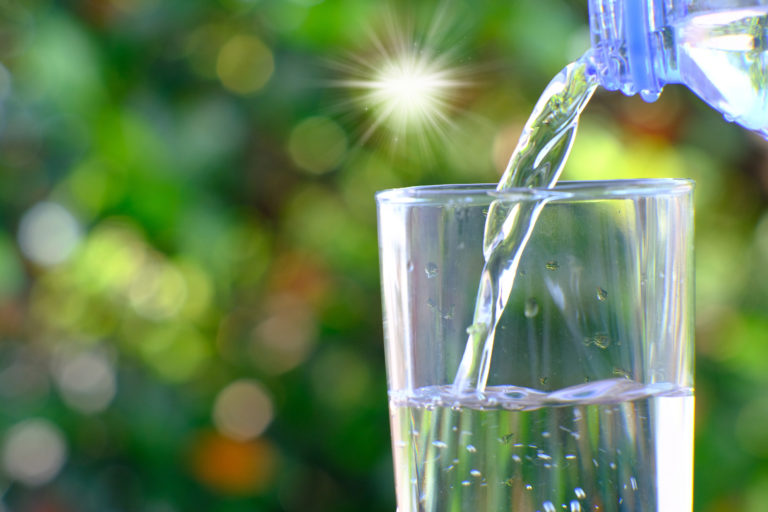Imagine a day without water. You wouldn’t be able to take a shower, wash your hands, cook, use a toilet, wash clothes, or get hydrated. Without water, there would be no plumbing or farming. Wildfires would spread uncontrollably. A lack of sanitation could trigger disease. Simply put, a day without water would be pretty terrible. Yet it’s not uncommon. According to the Guardian, water shortages impact over 3 billion people worldwide.
The U.S. is beginning to experience droughts due to climate change. The Colorado River, which supplies water to millions of Americans, is drying up. Over the last century, its flow declined by about 20 percent, according to a 2020 study by U.S. Geological Survey scientists. California has seen a decrease in rainfall, leading to droughts across the state. As a result, trucks have to ship water to some towns.
Imagine A Day Without Water
With climate change getting worse, it’s important that people educate themselves about the importance of preserving water. Imagine A Day Without Water, observed on 21 October, is a national educational campaign that aims to raise awareness and educate America about the value of water.
“This year, we want to help you learn more about where your water comes from and where your water goes,” the movement states on its website. “We’ll take a deeper dive into the impact drinking water and wastewater providers have within your community. Many Americans take water for granted every day. But what would a day be like without water?”
Learn more about the movement and how to get involved here.



